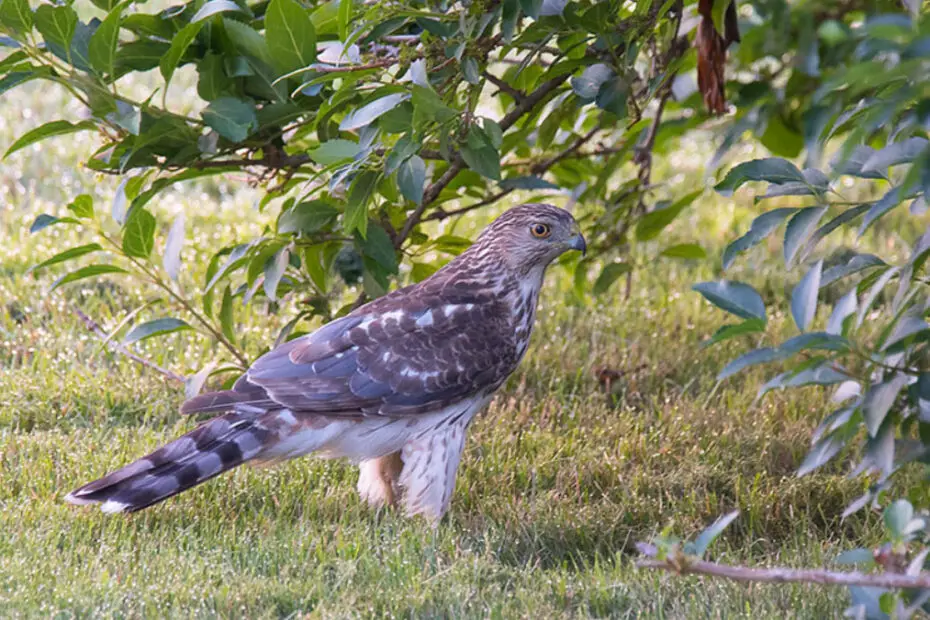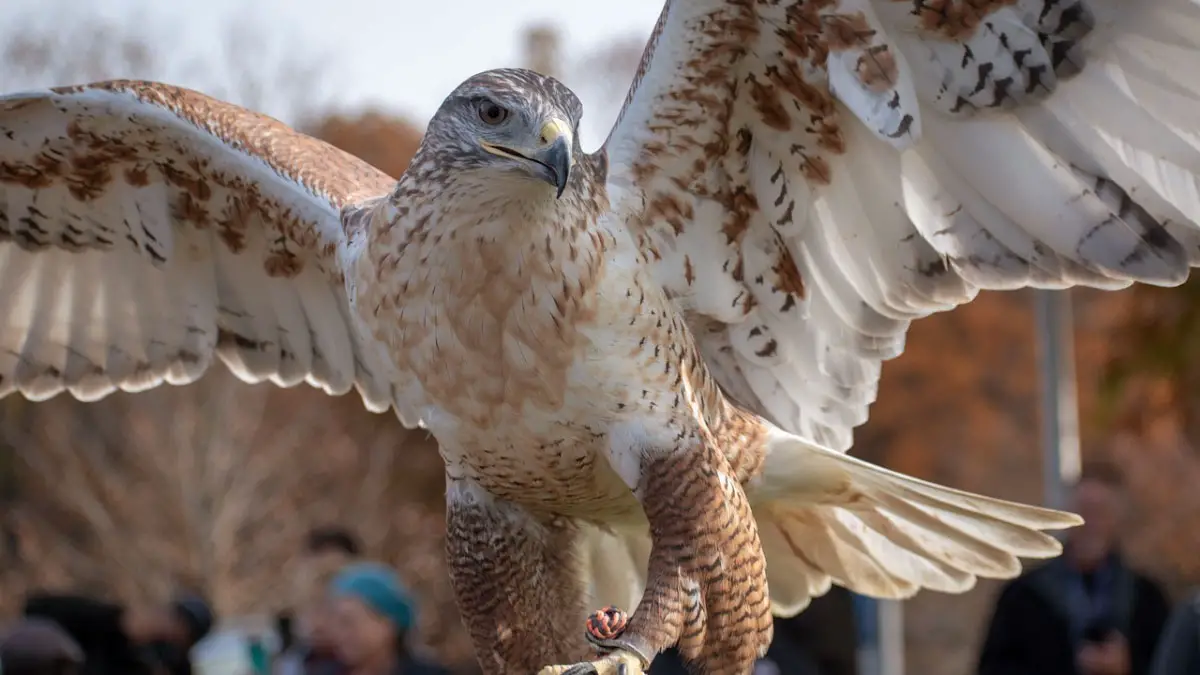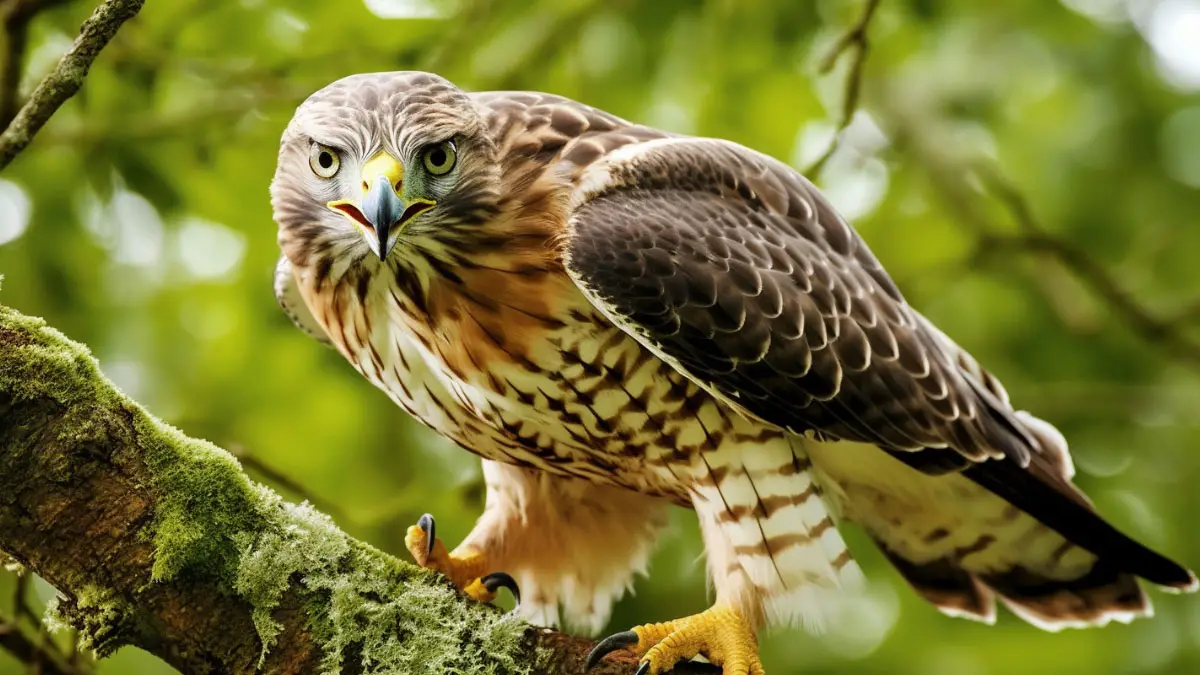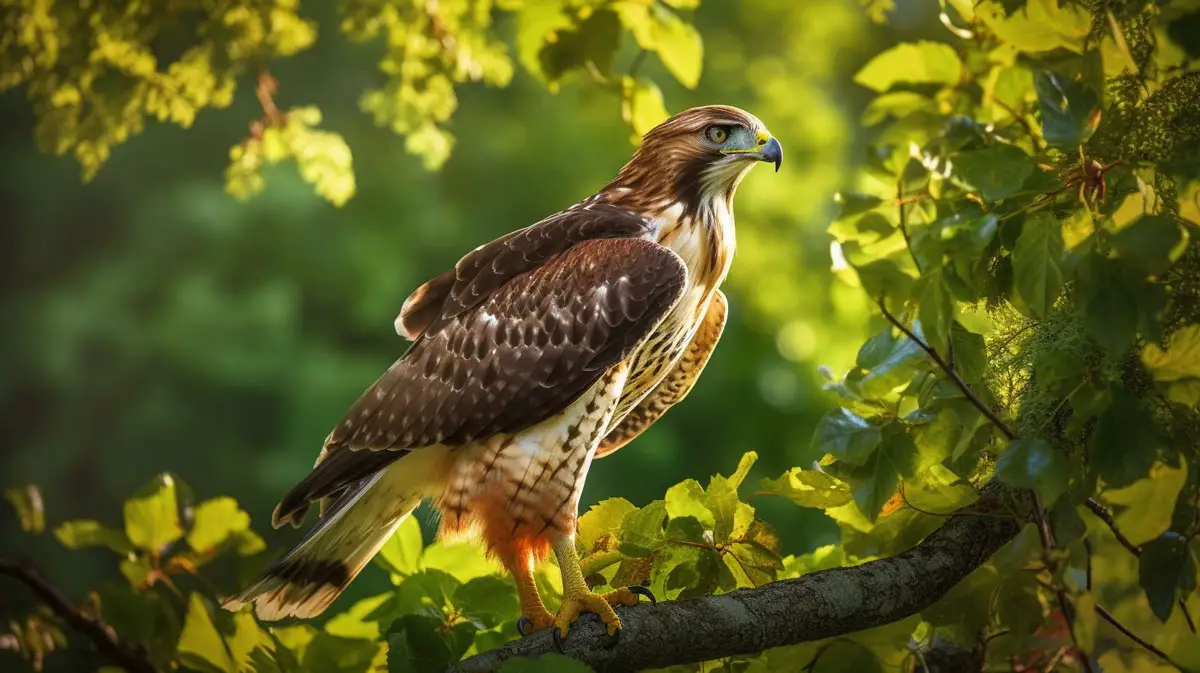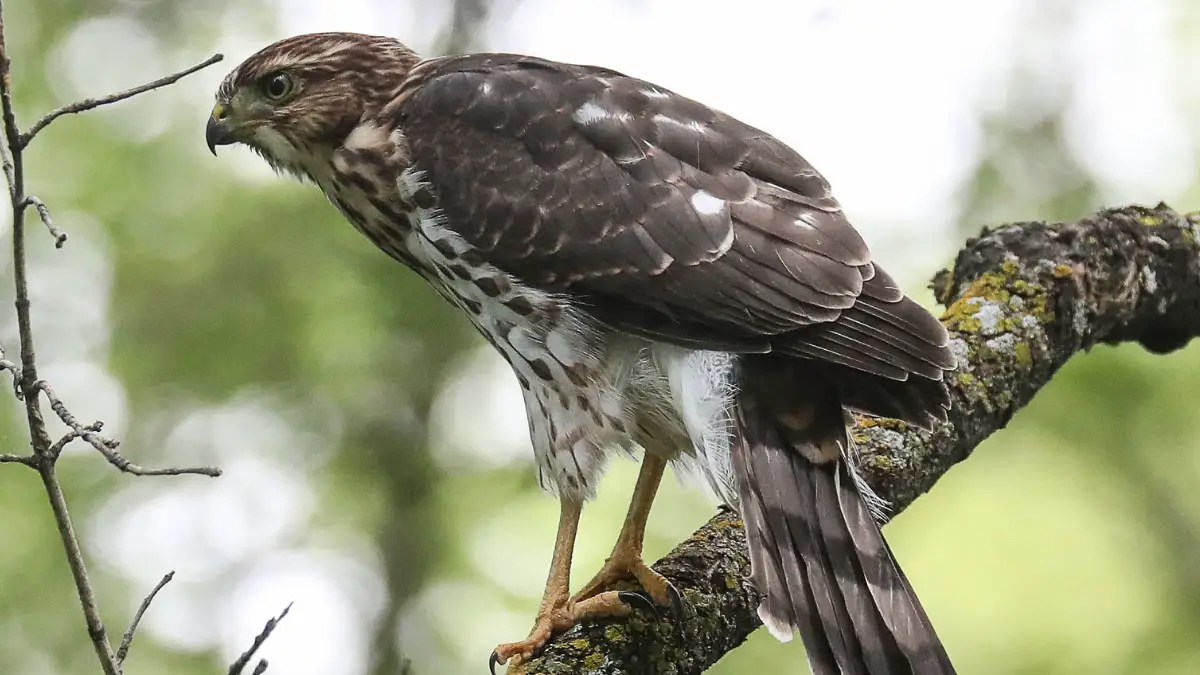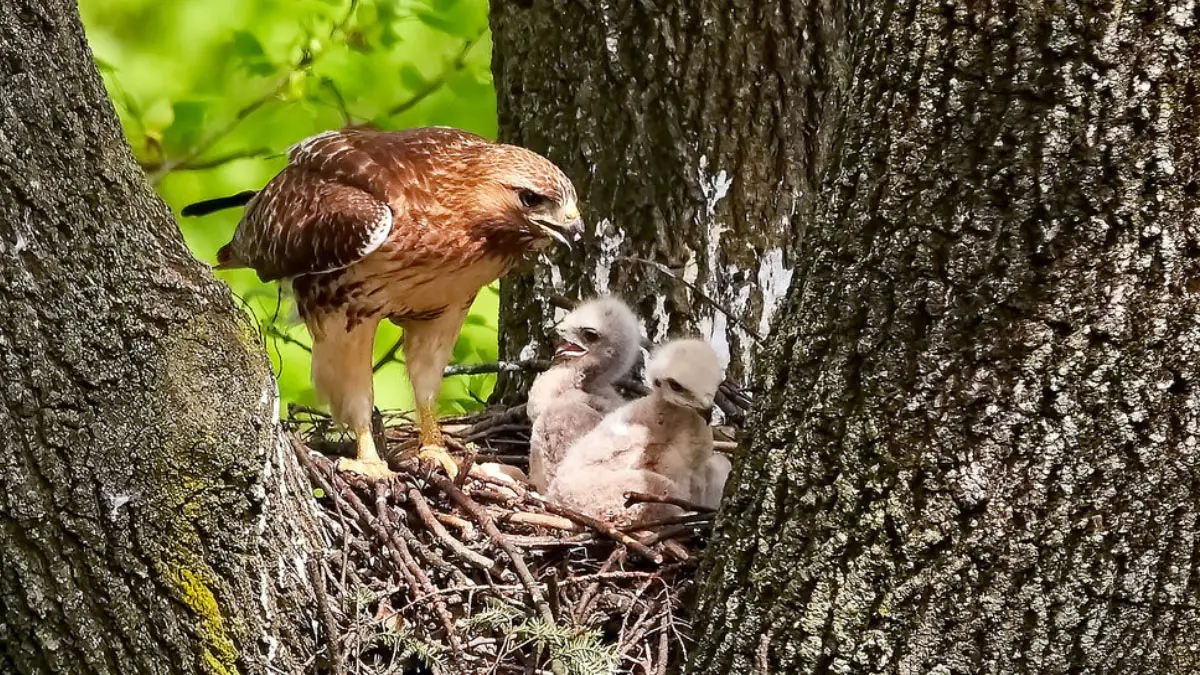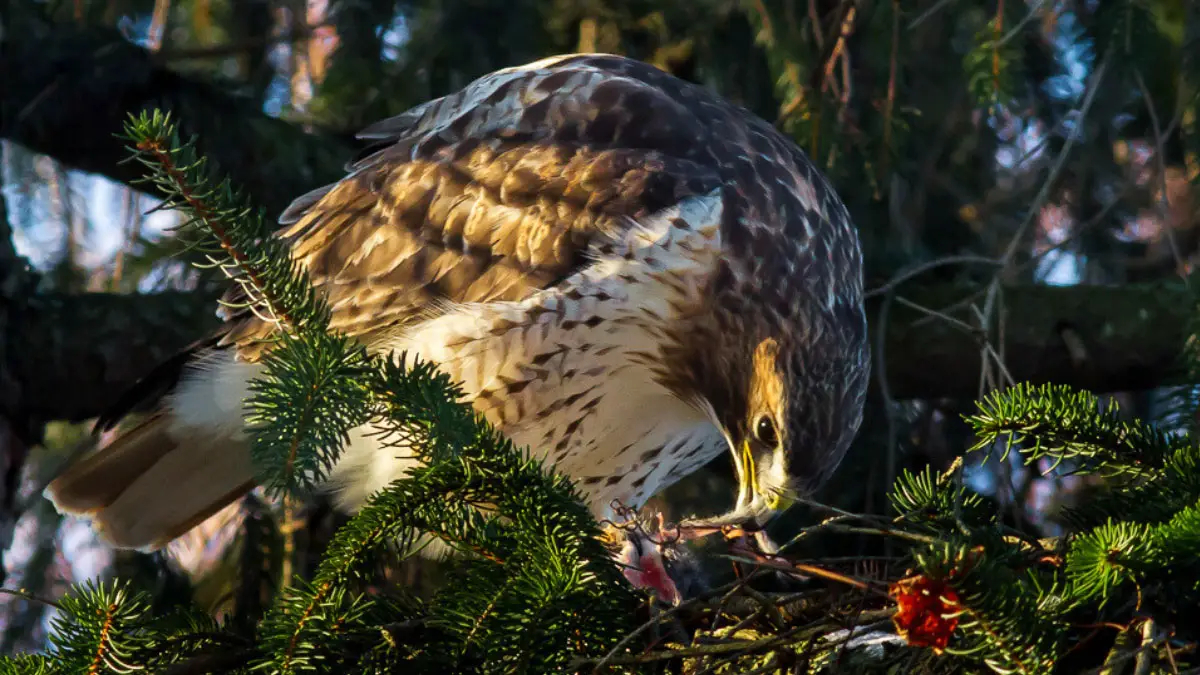Though hawks play a vital role in balancing the ecosystem and food pyramid of nature, they can be dangerous for domestic birds like chickens. As chickens are vital assets for backward chicken owners or farmers, they need to protect their assets from hawks’ attacks by taking essential steps.
But are hawks protected? Can you shoot a hawk to save chickens? Several laws protect the Hawks, and you can face penalties for killing or harming them. But, with the authority’s permission, you can shoot a hawk by following all rules and regulations to save your chickens.
In this article, we will discuss the laws, rules, and penalties for harming these raptorial birds. You will also learn about various factors regarding the hunting and conserving of hawks. Hence, keep reading.
Are Hawks Protected?
The acts like MBTA and the Fish and wildlife conservation act ensure the protection of many endangered and migratory bird species in the US. In this case, the US Fish And Wildlife Service (US FWS) plays a vital role in monitoring the conservation acts and campaigns.
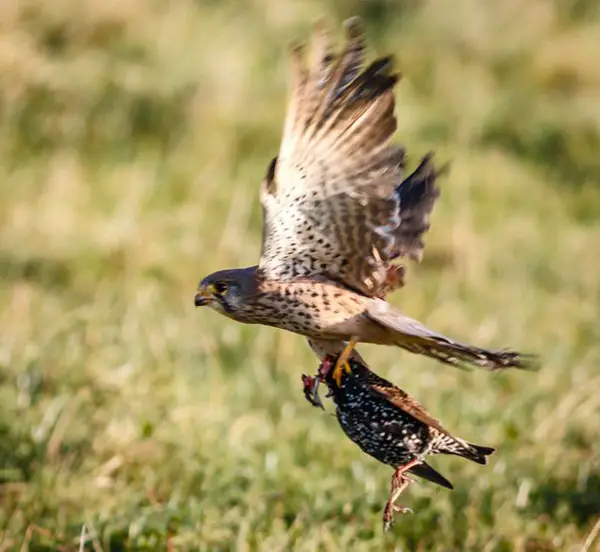
The MBT Act will apply to only the native migratory birds of the US. Sometimes, several migratory birds are not native to the US territories but are present due to natural ecological or biological processes.
This law will also protect these species. Some international species, like hawks and eagles, also come within this criteria, and this law will also protect them.
Explanation Of The Migratory Bird Treaty Act And Endangered Species Act
The Migratory Bird Treaty Act (MBTA) of 1918 works to keep the migratory bird species’ population sustainable. This act makes the taking, killing, buying, selling, capturing, and transporting the migratory birds illegal. Alongside the birds, this act applies to the birds’ parts, eggs, young, and nests also.
According to the MBTA, you will need a permit for killing, capturing, shooting, trading, purchasing, and selling the listed migratory birds. Also, before and after achieving the permit, you must abide by several rules and regulations properly.
The Endangered Species Act focuses on protecting threatened and endangered species. Sometimes, a species can become too close to extinction that the state needs to take steps to protect them.
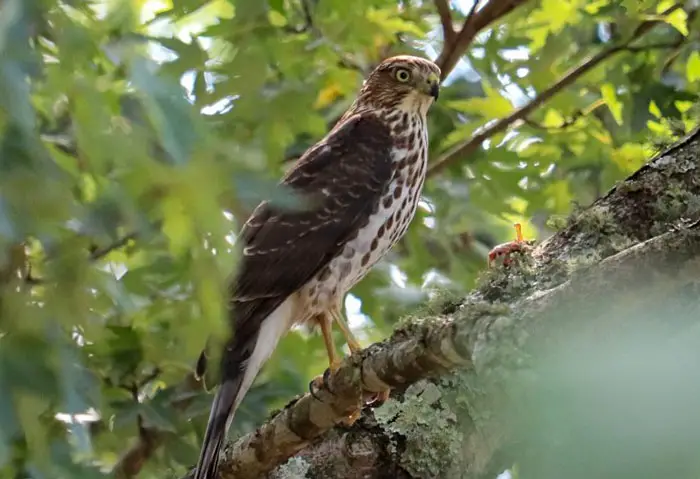
This act plays a role in conserving threatened species as well as their habitats. It will encourage the restoration and protection of the habitats for this species.
Even if anyone is taking these species outside the country, he must abide by this law. According to this act, he needs to provide or ensure conservation efforts and need to enhance their habitats there.
Penalties For Killing Hawks
Normally, if you kill any endangered species or protected animals, you must face the consequences. Hawks also reside in these categories, and you may have to pay a heavy fine and imprisonment for killing them.
The amount of fine and the duration of imprisonment can vary slightly with the states. But, in general, you may need to pay a $200-$500 fine and face 30 days imprisonment.
But, there is a legal exception to this provision if these raptorial birds keep attacking your chickens frequently. In this case, you can apply for a permit to kill them. Even if you kill it to protect your chicken, without the license, you may have to go through the consequences.
Federal And State Regulations Related To Hawk Management
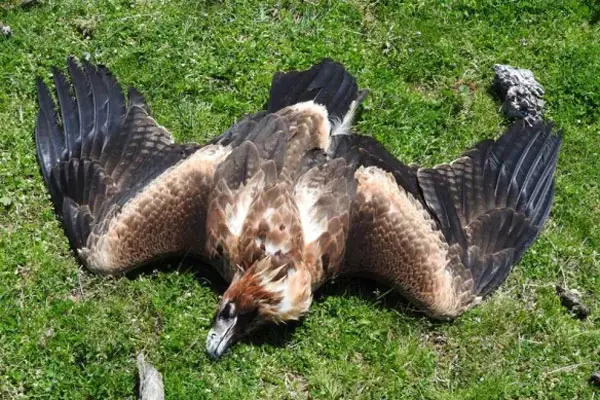
This predatory bird, its chicks, and its eggs are protected under the federal MBTA. Here are some rules and regulations regarding hawk management:
- You can’t remove its active nest and young without a proper permit from the US Fish and Wildlife Service and MBTA.
- During the breeding season, please don’t allow any brief, light, heavy, and loud activities near 0.8,1,1.2, and 1.6 km, respectively, of their active nests.
- You need to protect their occupied or unoccupied nests. If the nest has been unused or unoccupied by the hawks for almost 10 years, you can proceed with the deletion of the nest.
- Never allow daily use and infrequent structure that is permanent within the 1.6 and 1 km around a hawk’s nest, respectively.
- You may install artificial nests for the hawk if you find unavoidable losses in their nests.
Can You Shoot A Hawk To Save Chickens?
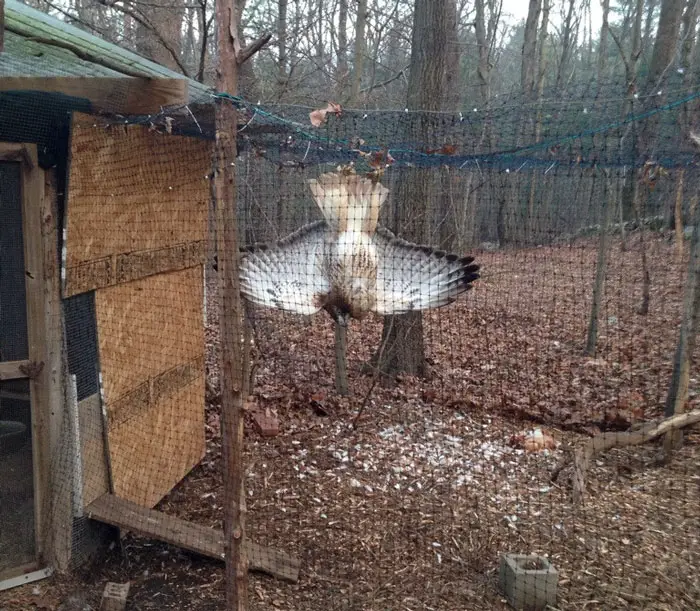
You can shoot them to save your chicken, but there are several legal and ethical considerations of shooting hawks, such as:
- You need to apply for a permit from the wildlife service to shoot hawks first. But you must have enough proof that hawks are attacking your chickens.
- The permit for shooting is valid for 1 year. Within this period, you must implement other non-lethal methods for protecting your chicken from these predatory birds.
- The legalities of shooting hawks to protect chickens apply only to determined ranges by authority. You can hurt any Hawks randomly outside of that range.
- You must not lure them within the shooting range; this is unethical.
Alternatives To Lethal Control Methods
Generally, lethal control methods include techniques that may cause the death of the animals. These types of methods may hamper animal welfare; thus, we always recommend alternatives to lethal methods.
Besides, different wildlife agencies also encourage alternatives to the lethal method for resolving conflict wildlife. They ensure the coexistence of humans and wildlife. Furthermore, the alternatives can also effectively conserve and protect the Hawks. Those alternatives are:
- Modifying your habitat may include removing hawk-perching sites and implementing anti-perching devices. Therefore, the raptorial birds won’t be able to survey your home correctly. This will prevent them from attacking frequently.
- Confine your free-roaming chickens or domestic birds. In this way, the hawks can’t be attracted by the free-roaming chickens, and the enclosure will also provide a barrier during the attack.
- Use scarecrows or loud noises to intimidate these predatory birds. Make sure you are changing the position of the scarecrows and intervals of the noises from time to time.
- You can also trap the hawk that keeps attacking your chickens often. But you also need permission from the local state wildlife agency.
Benefits And Drawbacks Of Using Lethal Control Methods
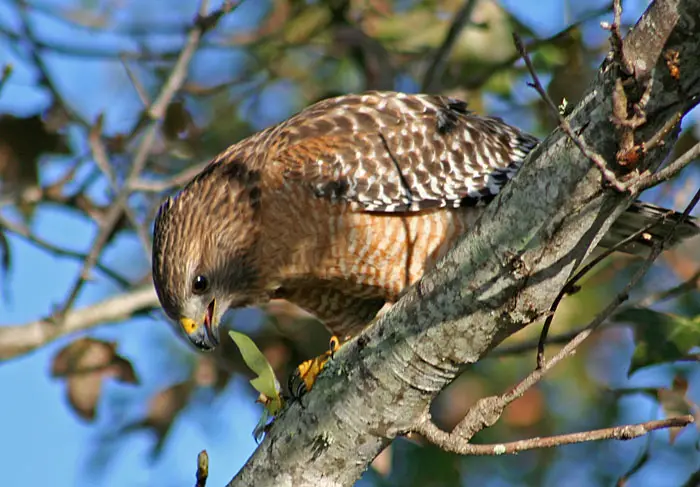
There are both benefits and drawbacks to lethal control methods. Let’s see them in detail:
- Benefits Of Lethal Control Methods
Here are several pros of this control method:
- This method is more cost-effective than any other non-lethal control methods.
- When non-lethal methods don’t work, lethal techniques are the only way to get rid of the attacking hawks.
- You can find the measures for this method are readily available and also relatively practical for predator control.
- If you can manage the methods appropriately, you will reduce the risk of hawks’ extinction and threats caused by hawks.
- Drawbacks Of Lethal Control Methods
Some of the cons of this control method are:
- This method isn’t selective and can kill any non-target animal or bird species unintentionally.
- Unintentional outcomes of this method may cause disturbance in the ecological equilibrium.
- Killing large numbers of hawks also poses threats to bird conservation.
Guidelines For Safe And Humane Killing Of Hawks For Chicken Protection
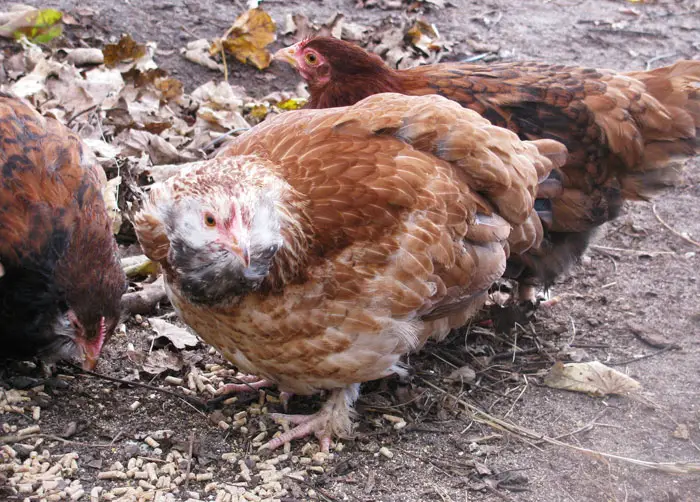
Once you get permission to kill the hawks from the authorities, you need to follow some guidelines. Here are those guidelines:
- For shooting the raptorial bird, you only can use a shotgun of a maximum of 10 gauge.
- If you want to use caliber rifles, you will need a minimum of .17 or .22 caliber.
- You can only shoot the hawks only within the permitted body parts.
- If you trap any hawk to kill it after, you must be cautious with its beak and talon. Besides, try to provide cover over the cage as it will keep them quiet and calm.
- You should never use toxicants or poison to kill the hawks.
- To kill the trapped hawk, you can euthanize it by applying carbon dioxide within a closed cage.
- Hand over the dead body of hawks to the US fish and wildlife personnel for proper disposal.
Hawk Conservation
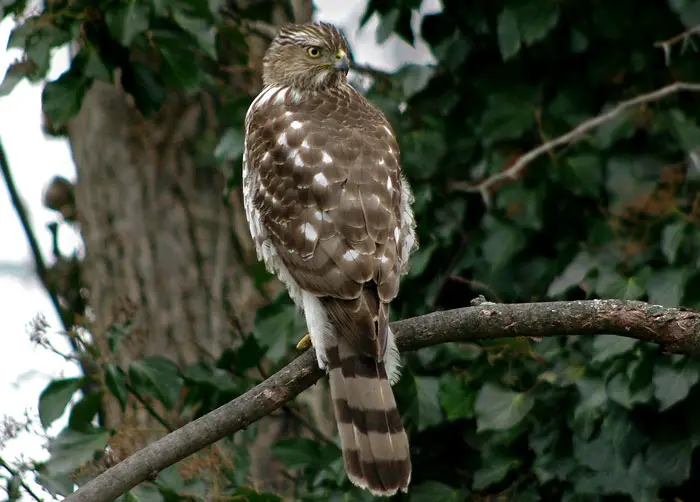
Many organizations in the US are taking steps to protect the hawk from extinction or endangerment. Their conservation efforts include-
- Protecting the hawks outside of this raptorial bird’s natural habitats.
- Restoration of hawk’s key habitats to prevent rapid habitat loss.
- Trust for Hawks’s Conservancy provides hospitals for treating and receiving injured, sick, and orphan hawks.
- Using smaller pesticides in quantity in gardens.
- Prioritizing the hawks, their habitats, and proper wildlife management for their safe habitats.
Threats To Hawk Populations
Generally, the birds of prey are excellent hunters and may look invulnerable to you. But, incredible predatory birds like hawks also encounter several threats in reality. The threats that they face are:
- Habitat Loss: The prime threat for hawks is the degradation of their natural habitats. Due to the alteration of plant species in their habitats, the number of prey of these raptors also decreases over time. This causes food scarcity for hawks and also reduces their populations.
- Pollutions: Different types of air and water pollution are also a significant threat to them. This type of pollution will cause respiratory diseases like avian influenza and other fatal diseases.
- Accidents: Hawks can collide with vehicles, wind turbines, airplanes, etc., while flying and get serious injuries. Sometimes, when any large species of hawks sit on the utility pole for rest, they may complete the circuit accidentally. This will cause electrocution.
- Poaching: Avian predation, trapping, harassment, buying or selling any part of them is also a risk to their survival.
The Importance Of Hawks In The Ecosystem
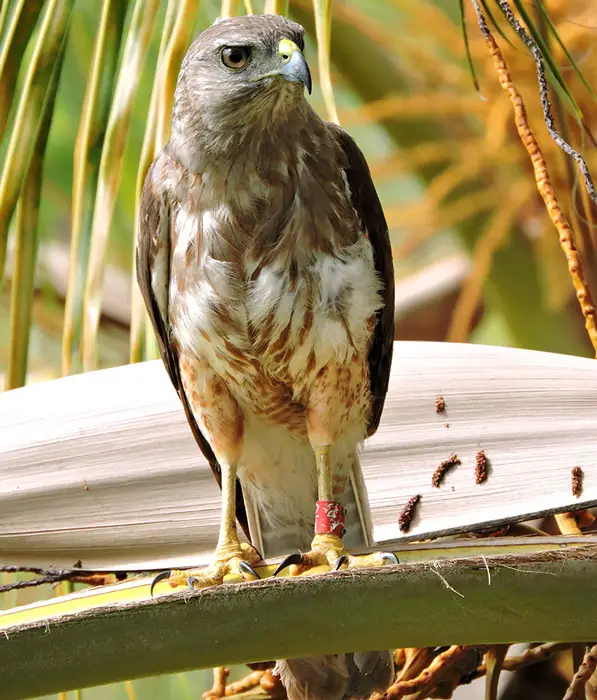
This raptorial bird plays a vital role in the overall ecosystem and in maintaining the balance of the food chain. Here are their roles:
- Balance in the food chain: This bird lays on the top of the food pyramid. If the number of hawks decreases, the prey will increase over time. Therefore, food will be scarce for those prey species after some time.
- Generally, they can play the role of ecological indicator as they are vulnerable to the pollutants and chemical levels in the environment.
With the increasing level of pollutants in the environment, the hawks will suffer from respiratory diseases and their mortality rate will increase. So, if their population keeps decreasing in certain places, there are potential problems.
- Scavenging on the dead animal matter: They keep the environment safe for other animals by scavenging on the dead prey’s carcasses. This reduces the spread of microbes from the dead animals’ carcasses.
The Role Of Individuals And Organizations In Conserving Hawks
Both the organizations and individuals need to play their roles, such as:
- The organizations make goals for the conservation programs and try to fulfill them throughout the year.
- Teams authorized by those organizations regularly patrol the conservation sites to monitor the improvement.
- Ambassadors from those organizations visit schools and teach the children about hawks’ importance, behavior, and characteristics.
- Individuals should come willingly as volunteers and contribute to the funding for the conservation campaign.
- People should be aware enough to use less or no pesticides and not poison, trapping, or kill this predatory bird.
FAQs
In this FAQs section, we will answer a few frequently asked questions regarding hawks and their conservation.
You can find almost 17 hawk species in the US. Red-tailed, Short-tailed, Zone-tailed, White-tailed, Sharp-shined, Red-shouldered, Broad-winged, Ferruginous, and Rough-legged hawks are most common.
Besides, a few species like Northern Harrier, Northern goshawks, Osprey, Common black, Gray, Swainson’s, Harris’s, and Cooper’s hawks are also quite familiar there.
Yes. Hawks are easy to train to hunt. They have excellent thinking power and flight styles. That’s why they can adapt themselves quickly to the trainers’ command. Generally, among their species, the Red-tailed and Harris’s hawks are most capable of adapting with hunting training.
You can prevent the attacks of hawks on your chicken by modifying the habitat of your chicken. Also, you can use scarecrows and make loud noises to frighten the hawks away and save chickens from hawk attacks.
If you find an injured hawk, carefully and cautiously place it in a well-ventilated, warm, and covered box. For further treatment, call any wildlife official or bring them to a local wildlife rehabilitator.
If you want to report this wildlife crime instantly, it’s better to call 911 for police response. You can also report it to the US. Fish and Wildlife Service by calling 18443978477. Besides, you can take pictures of the scene as evidence and send them to [email protected] or on this report form.
Conclusion
Hawks can be a nuisance for backyard chicken owners as they frequently attack the chickens. Thus, to prevent this attack, you can take lethal or non-lethal measures. But are hawks protected? Can you shoot a hawk to save chickens? To shoot them, you will need permission from the wildlife services.
Because a reduction in the hawks’ population will cause a disbalance in the food chain. Thus several laws and organizations are focusing on conserving this bird species. You should conduct more research to understand the threats to these predators and provide proper conservation practices.
